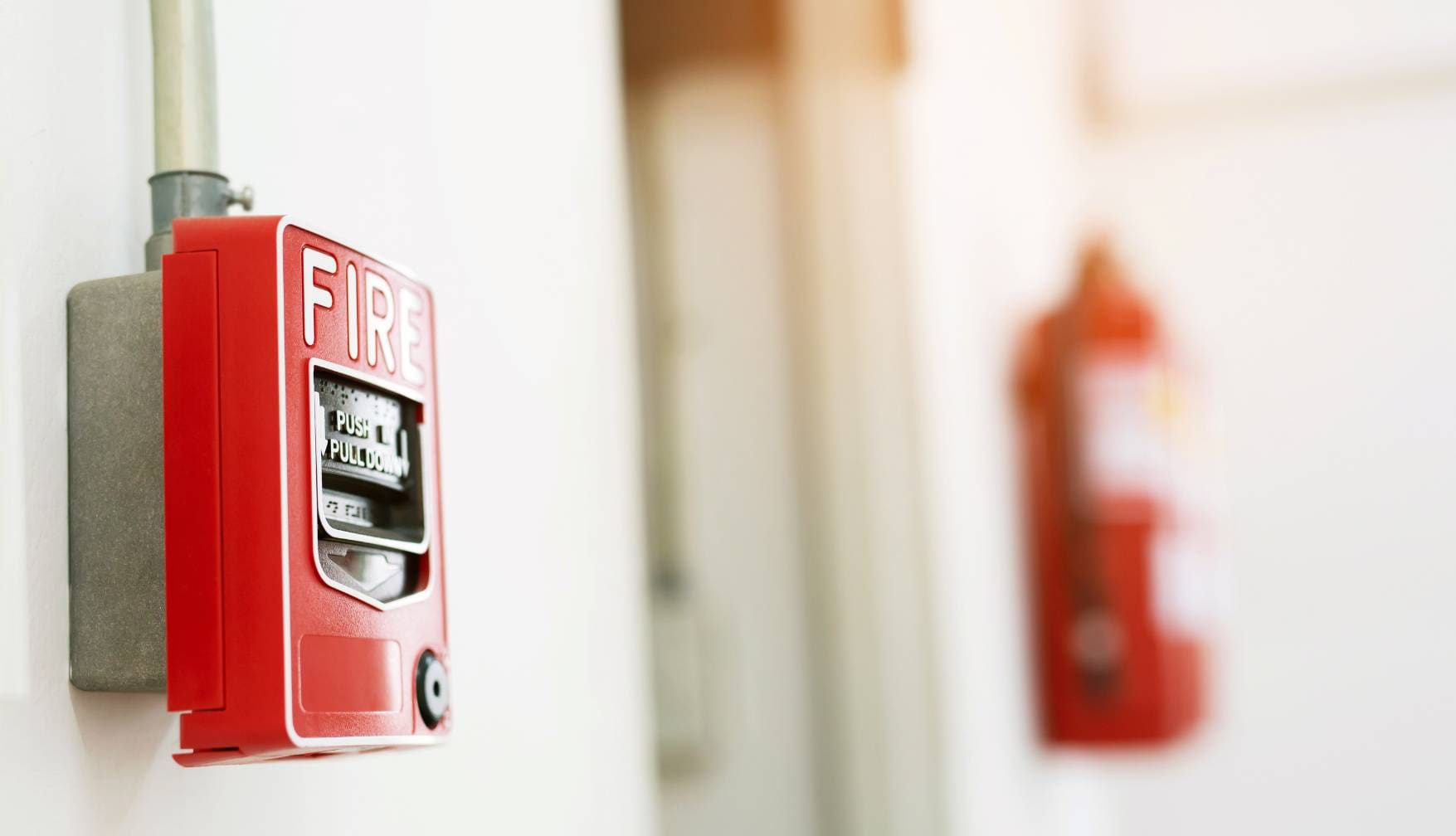Fire Risk Assessments at Waste Licensed Facilities

A Fire Risk Assessment (FRA) is a review undertaken at a facility to assess the fire risk associated with operations on site. An FRA is a requirement for compliance with EPA licenses and examines potential fire hazards against management measures implemented for the facility’s safe operation.
Objectives
The purpose of a Fire Risk Assessment is to:
- Identify potential fire hazards at the facility.
- Assess the level of provision of early fire detection & warning infrastructure relative to the level of risk of fire at the site.
- Recommend appropriate controls to eliminate or reduce the risks of fire hazards.
- Assess the facilities compliance with statutory legislation of fire safety.
- Provide recommendations to ensure adequate firewater retention storage is present on-site at all times.
Methodology
The Irish Environmental Protection Agency (EPA) and the UK Environment Agency have issued guidance documents explicitly tailored to fire safety at waste licensed facilities:
- EPA, (2016) “Guidance on Fire Risk Assessment for Non-Hazardous Waste Facilities”
- EPA, (2013) “Guidance Note – Fire Safety at Non-Hazardous Waste Transfer Stations”
- EA, (2013) “Reducing fire risk at sites storing combustible materials: Technical Guidance Note 7.01”
The UK Waste Industry Safety & Health Forum (WISH) has also published a comprehensive good practise guidance note which provides an added level of detail on fire safety at waste sites:
- WISH, (2017) “Reducing Fire Risk at Waste Management Sites”
Fire Risk Assessment
A Fire Risk Assessment is an organised, systematic inspection of a facility. The activities carried out at the facility and the likelihood of a fire starting or escalating. For a fire to start, it is necessary to have fuel, a source of ignition and oxygen, as illustrated. If any one of these components is absent, a fire will not start.

fire risk assessment
The basic premise of fire safety is to prevent the interaction of the three components of the fire triangle.
The typical steps of a Fire Risk Assessment include:
Occupant Characterisation:
The quantification and characterisation of anyone who uses the facility. This step should pay particular attention to lone working, isolated work areas, people with disabilities and those unfamiliar with the facility.
Fire Hazard Identification:
Identification of the presence, quantity and location of all possible elements of the Fire Triangle on the site.
Fire Safety Management:
Evaluate, remove, reduce and protect from fire risks with documented systems to demonstrate appropriate fire management on site.
Quantification of Risk
The data derived from the steps outlined above is used to quantify the risk posed by activities on-site and identify areas of, exceptionally high risk.
Risk is as follows: Likelihood of Fire x Severity of Fire = Fire Risk Rating.
A Fire Risk Assessment Matrix is used to inform the final risk rating. The matrix details the risk assessment findings, outlining; possible fire scenarios, mitigation measures, and the likelihood and severity ratings.
Mitigation measures include stock-pile management, waste separation and segregation, and fire suppression systems and act to reduce the fire risk rating.
Emergency Response Plans, maintenance and inspection records and staff training illustrate the robustness of fire management systems on-site.
Liaison with the local Fire Officer is also crucial with regular audits ensuring good practices and standards are maintained.
Get in touch with our environmental team at info@ors.ie if you want to find more about Fire Risk Assessments, or click here to learn more about our environmental management services.
